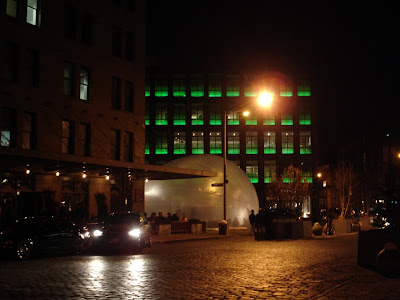As shown in the new maps created by researchers at the European Commission's Joint Research Center in Ispra, Italy, and the World Bank, our world is pretty connected. You can get to the next city within 2 days from more than 90% of the land. (Not including Antarctica, I guess?)
This is a fantastic series of maps. But when I think of it, it's hard to forget in some occasions humanity does move away from connectivity. Politics, religion, economy... There are too many driving forces of separation...






































